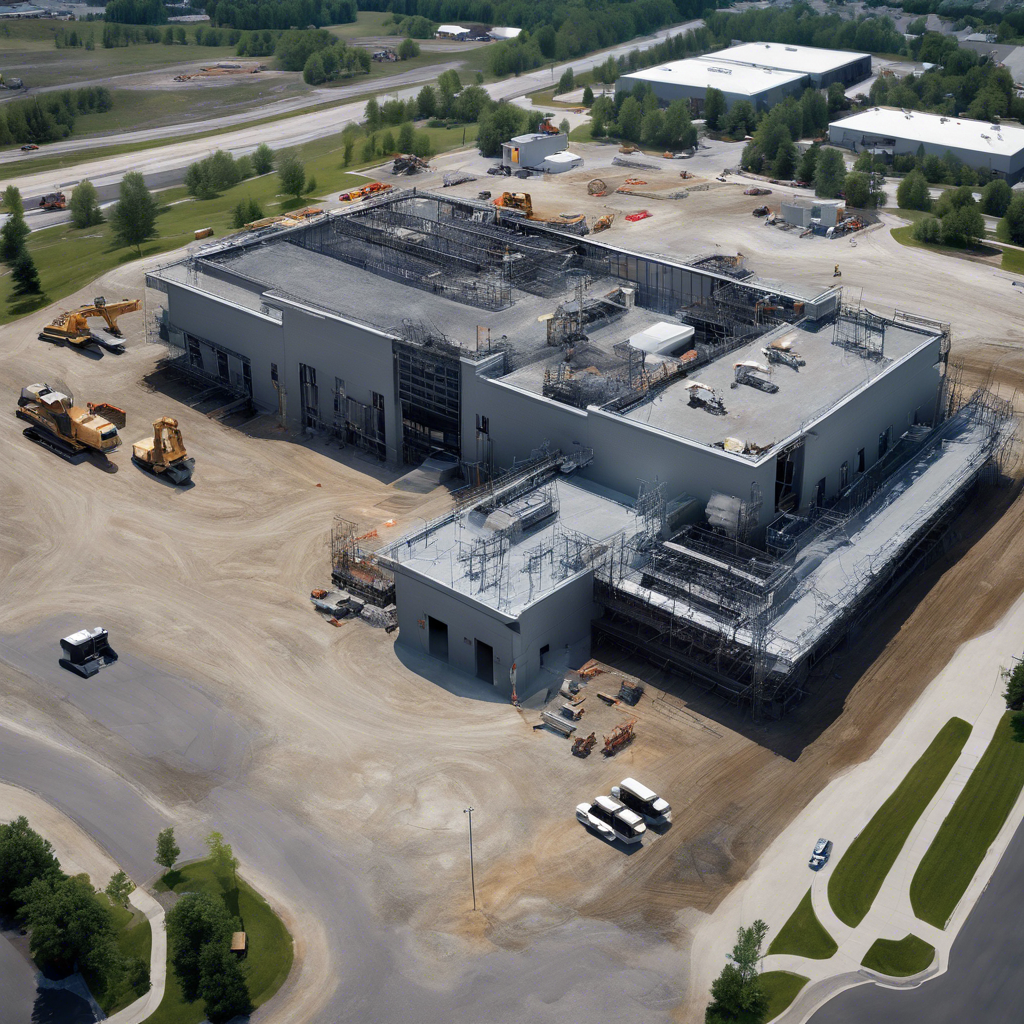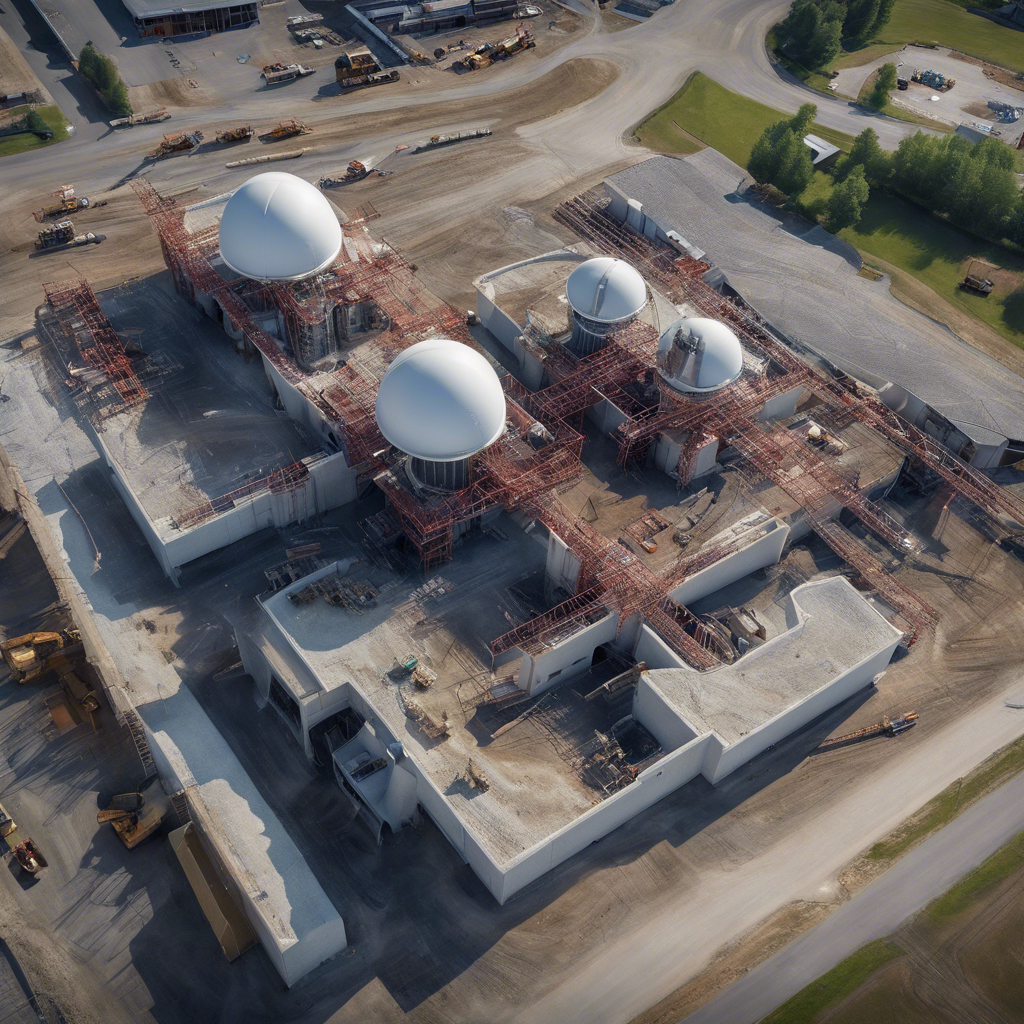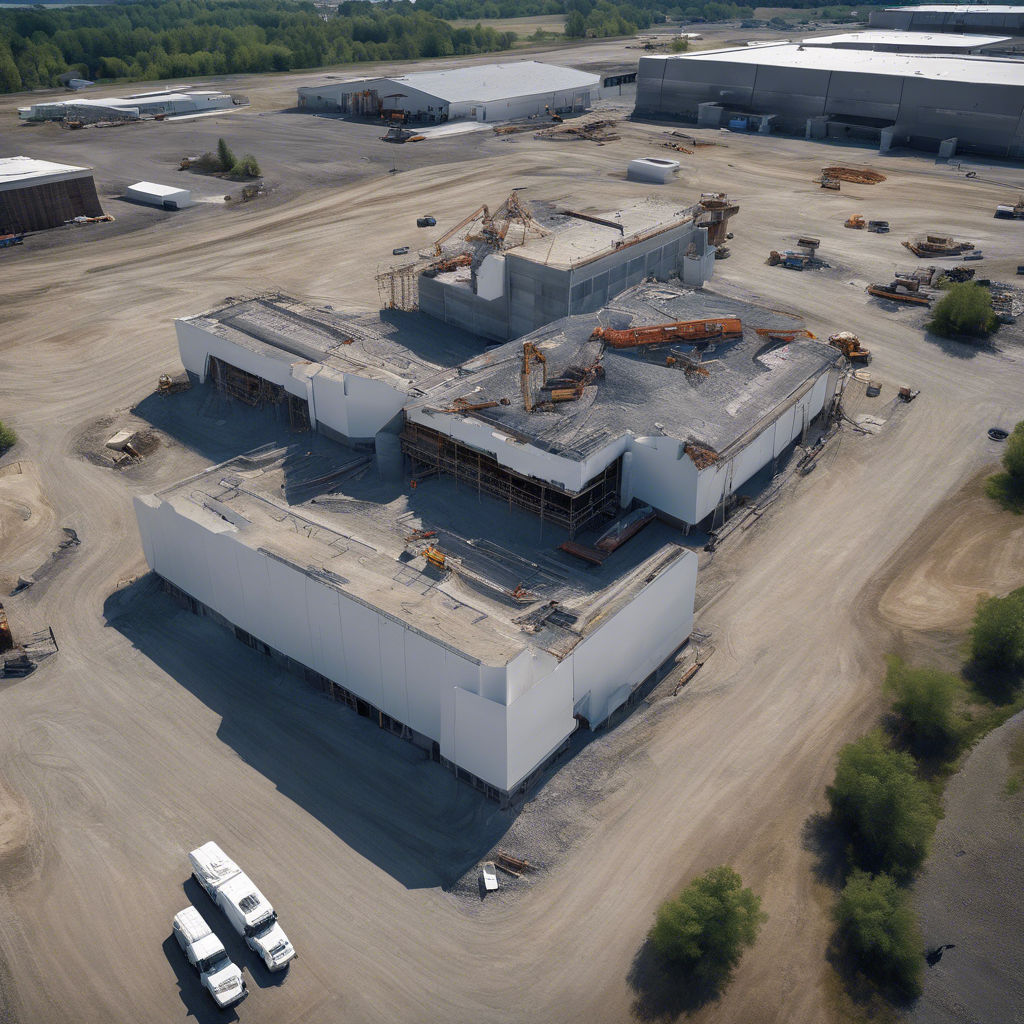Maximizing Drone Photography for Construction: Insights on Thermal Imaging
- paulrobc
- Aug 8, 2024
- 2 min read
In the realm of construction, innovation is the key to progress. The integration of drone technology has revolutionized the industry, offering unprecedented perspectives and efficiency in project management. One of the most exciting advancements in this field is the utilization of thermal imaging. This cutting-edge technology provides construction professionals with invaluable insights that can enhance safety, efficiency, and cost-effectiveness on construction sites. Let's delve into the advantages of utilizing thermal imaging in construction projects, explore best practices for incorporating thermal imaging in construction drone services, and peek into the future trends of thermal imaging technology for construction applications.
Advantages of Thermal Imaging in Construction Projects
Thermal imaging offers a myriad of benefits for construction projects, ranging from improved safety measures to enhanced data collection capabilities:
Enhanced Safety : Thermal imaging can identify potential hazards such as overheating equipment or electrical malfunctions, allowing for timely intervention and preventing accidents.
Energy Efficiency : By conducting thermal roof inspections using drones equipped with thermal imaging technology, construction companies can pinpoint areas of heat loss, aiding in the optimization of building energy efficiency.
Cost Savings : Identifying structural issues early through drone roof surveys can prevent costly repairs down the line, saving both time and money for construction projects.
Best Practices for Incorporating Thermal Imaging in Construction Drone Services
To maximize the benefits of thermal imaging in construction drone services, it's essential to follow best practices:
Calibration and Training : Ensure that drone operators are properly trained in capturing and interpreting thermal images. Regular calibration of thermal cameras is also crucial for accurate results.
Integration with BIM : Integrating thermal imaging data into Building Information Modeling (BIM) software can provide a comprehensive overview of a construction project, aiding in decision-making processes.
Regular Inspections : Conduct routine drone thermal imaging surveys to monitor the progress of construction projects, identify inconsistencies, and address issues promptly.
Future Trends in Thermal Imaging Technology for Construction Applications
As technology continues to advance, the future of thermal imaging in construction looks promising:
Improved Resolution : Advancements in thermal imaging sensors will lead to higher resolution images, enhancing the precision and detail captured during drone surveys.
AI Integration : The integration of Artificial Intelligence (AI) algorithms with thermal imaging data can automate the analysis process, offering real-time insights and predictive maintenance capabilities.
Cloud-Based Platforms : Cloud-based thermal imaging solutions will enable seamless data storage, sharing, and collaboration among project stakeholders, enhancing communication and project management efficiency.
Exciting developments in thermal imaging technology are poised to reshape the landscape of construction projects, offering new possibilities for enhanced safety, efficiency, and data-driven decision-making.

In conclusion, the incorporation of thermal imaging in construction drone services presents a significant opportunity for industry professionals to elevate their project management practices. By harnessing the power of thermal imaging technology, construction companies can improve safety standards, optimize energy efficiency, and drive cost savings. As we look towards the horizon of technological advancements, the future of thermal imaging in construction holds immense potential for innovation and progress.

Let's embrace these innovations and create a future where construction projects are not just built, but built better through the lens of thermal imaging technology.





Comments